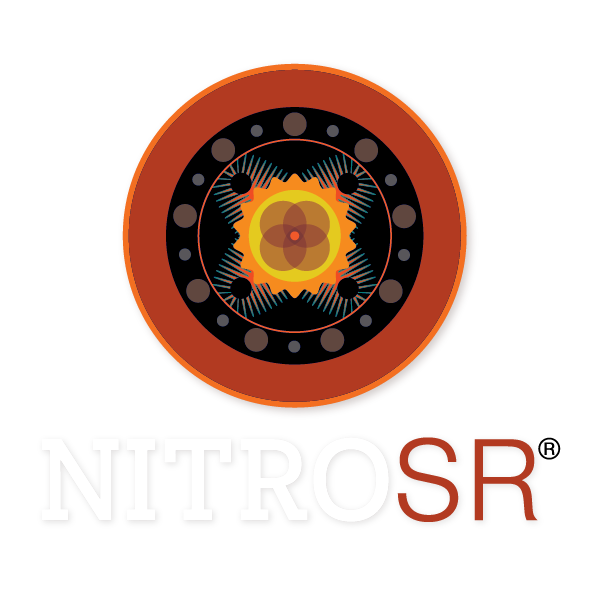NitroSR: Extend Nitrogen Release Over Time
NitroSR is a slow release foliar fertilizer that derives its slow–release properties from methylene urease (estimated release pattern is 10–14 days.) NitroSR can be used on a broad spectrum of field, fruit, vegetable, and ornamental plants. Contact should be avoided with strong acids or aluminum, mild steel, and brass. One gallon of this product contains 0.045 pounds of elemental Boron and 2.45 pounds of Nitrogen. 25% of the Nitrogen in this product is slow–release.
Use Rates
NitroSR can be used for ground and aerial applications.
- Corn: 3-5 gal/acre at V4 to V8 as a partial side-dress Nitrogen replacement. 1-3 gal/acre at V10 as a Nitrogen supplement. 1-2 gal/acre with fungicides or insecticides.
- Soybeans: 1-3 gal/acre at V3 to R3 as a Nitrogen supplement.
- Cereal Grains: 1-3 gal/acre from stage 2 to stage 8 as a partial replacement of soil-applied Nitrogen. 1-3 gal/acre at or near stage 8 (flag leaf) as a Nitrogen supplement.
- Forage Crops and Pastures: 4-6 qt/acre after each cutting when sufficient foliage is present.


